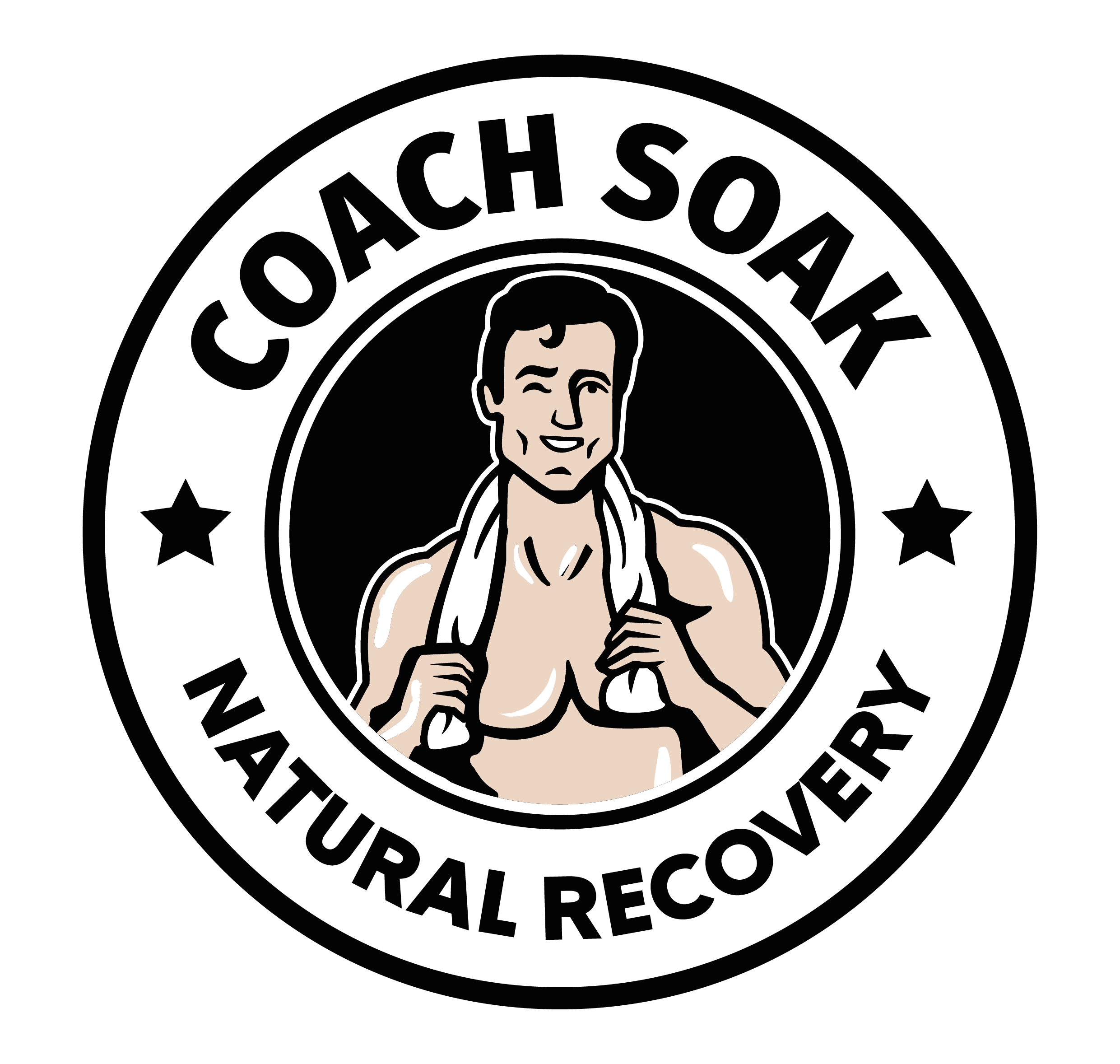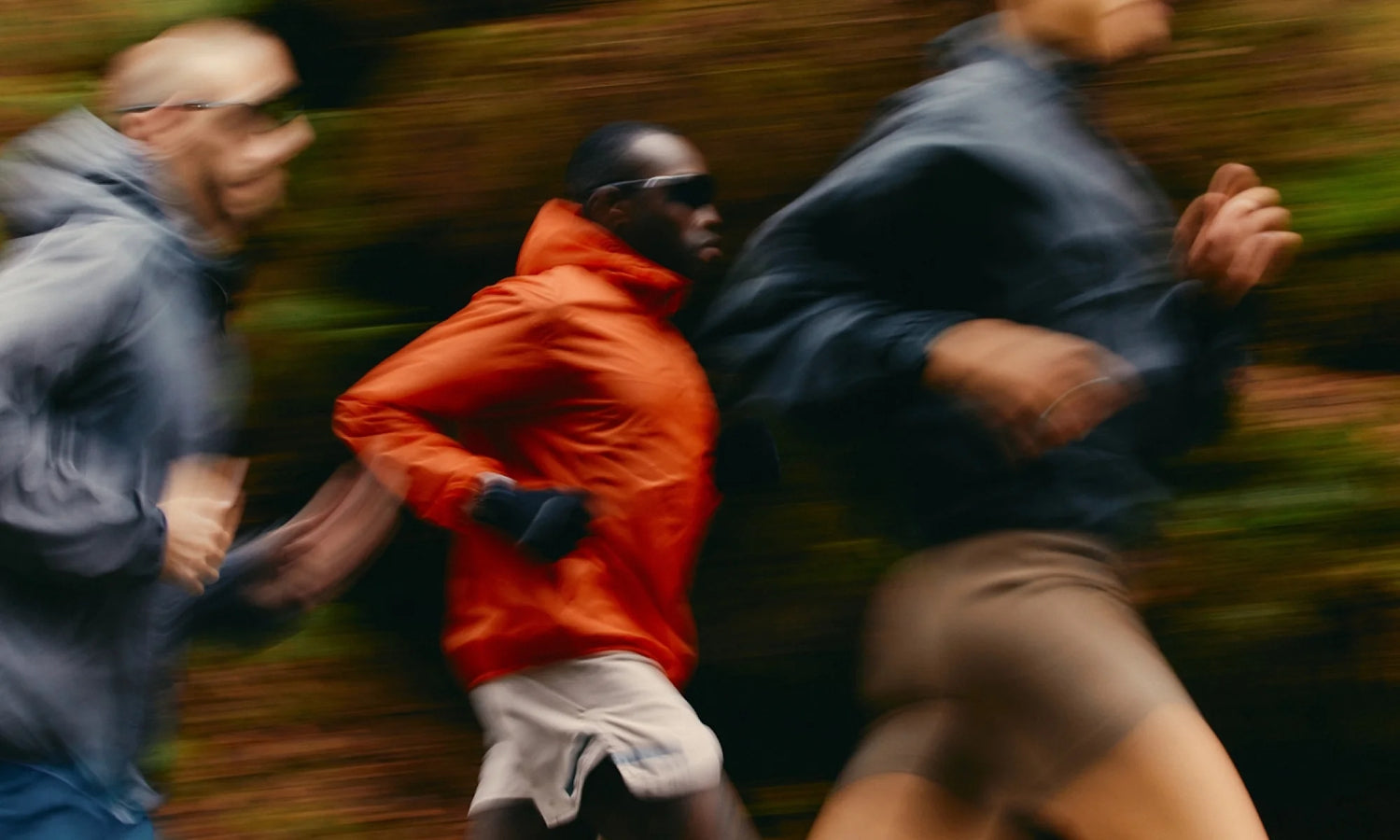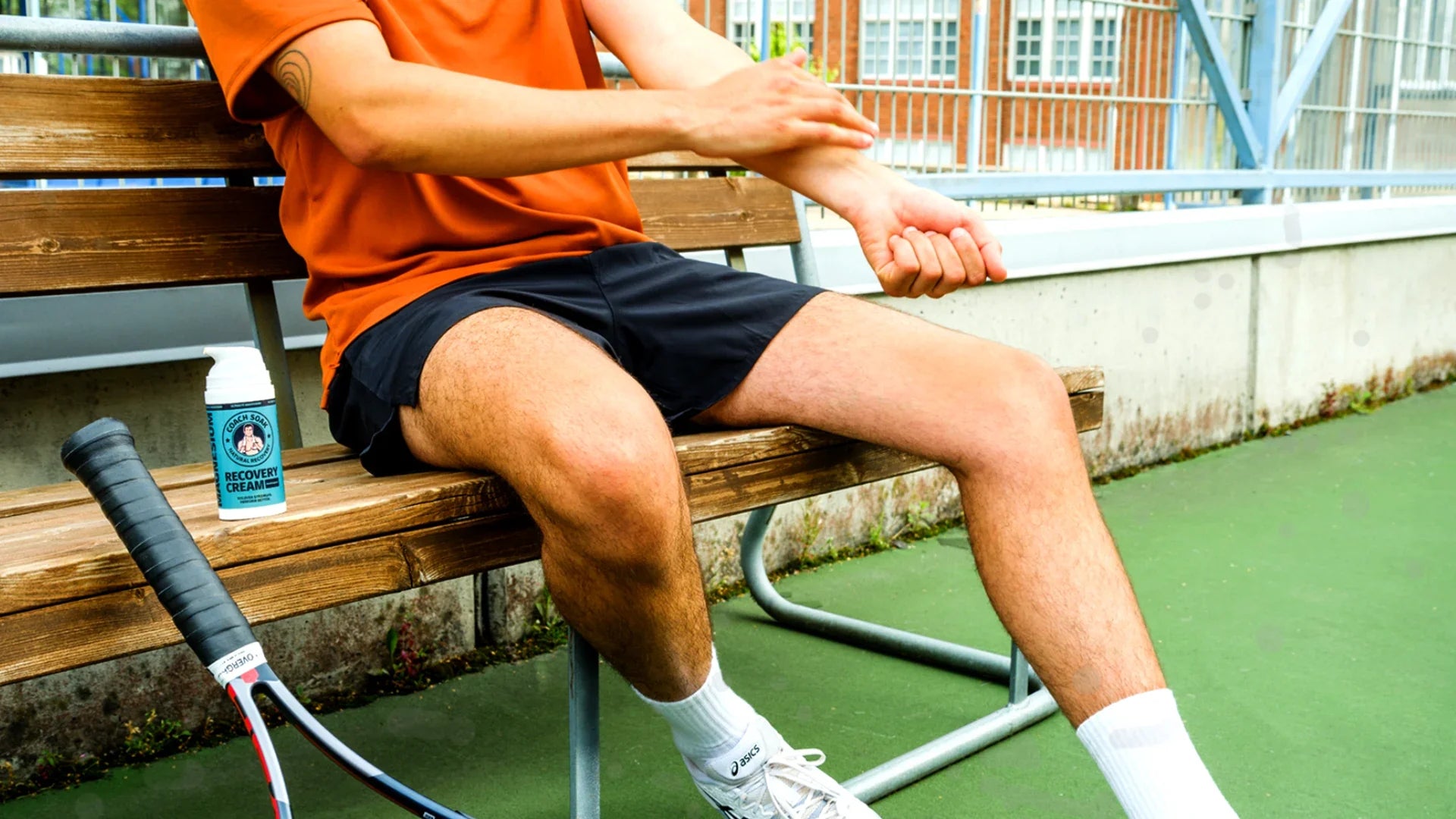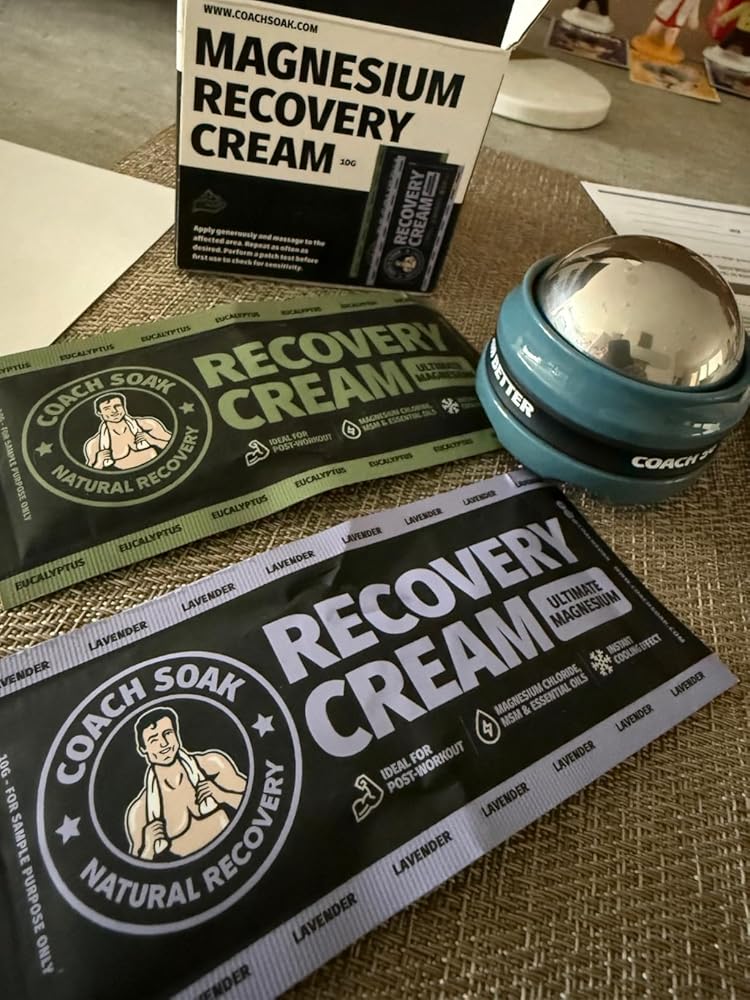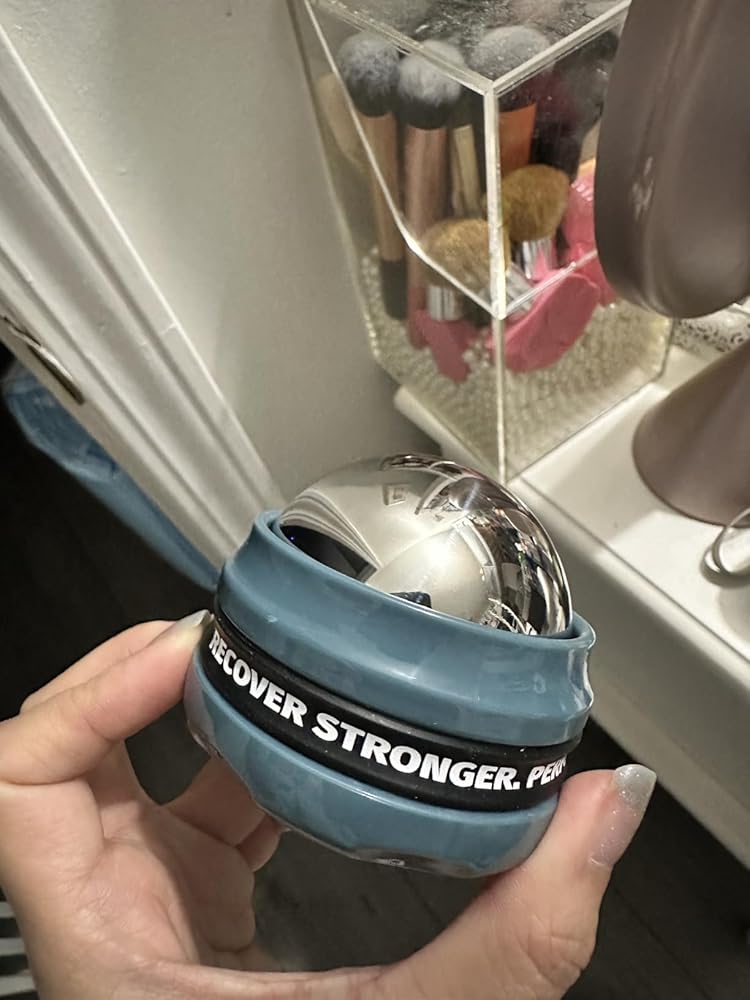The best way to manage muscle pain after a workout is to support your body's natural recovery process. This includes gentle movement like walking or stretching, staying hydrated, eating nutritious food, and creating a dedicated post-workout ritual, such as a soothing warm bath soak, to help your muscles relax and unwind after they've worked hard.
There's a unique feeling that comes after a really good workout. It’s that deep, satisfying ache in your muscles that reminds you of the effort you put in. This isn't just discomfort; it's a sign of progress, a physical confirmation that you’ve challenged your body and are on the path to becoming stronger. Many athletes come to see this feeling as a badge of honor, a testament to their dedication.
But while this soreness is a normal part of the fitness journey, how you care for your body afterward is just as important as the workout itself. Instead of just waiting for the soreness to fade, you can create a supportive routine that helps you ease into recovery. It’s about turning your post-workout time into a meaningful ritual that honors the work you’ve done and prepares you for your next challenge.

Post-Workout Pain: Is It a Good Sign?
That familiar ache you feel a day or two after pushing yourself in a workout is often referred to as Delayed Onset Muscle Soreness, or DOMS. And yes, in most cases, it’s absolutely a good sign. Think of it as your body’s way of letting you know that you’ve created change. When you challenge your muscles with new or more intense exercises, you create tiny micro-tears in the muscle fibers. The soreness you feel is part of the body's natural repair process, which rebuilds those fibers stronger than before. It’s physical proof of your hard work paying off.
Understanding the 'Good Hurt' vs. Actual Injury
Learning to listen to your body is one of the most important skills you can develop on your fitness journey. The "good hurt" of DOMS feels like a general tenderness or a dull ache across the muscles you worked. It might feel a bit stiff, but it's a widespread sensation that usually peaks around 24 to 48 hours after your workout.
An injury, on the other hand, often feels very different. It’s typically a sharp, sudden, or stabbing pain that is localized to a specific spot. This is not the kind of feeling you should push through. While DOMS is a sign of adaptation, sharp pain is your body’s signal to stop and assess what’s going on. Trust that instinct.
Your First-Aid Kit for Sore Muscles: Immediate Steps to Take
The moments immediately following your workout are a golden opportunity to set the stage for a great recovery. Instead of just stopping cold, taking a few mindful steps can make a world of difference in how your body feels over the next 48 hours. Think of this as the beginning of your well-deserved wind-down.
Keep Moving, Gently
While kicking your feet up might be tempting, a little bit of light movement is one of the best things you can do for your muscles. This is often called "active recovery." A slow walk, some gentle full-body stretches, or a few easy minutes on a stationary bike can help keep blood flowing. This isn't another workout; it’s a gentle transition that helps ease your body from a state of high effort into one of rest and repair.
Create a Soothing Post-Workout Ritual
This is your chance to thank your body for all its hard work. Creating a consistent post-workout ritual signals to your mind and muscles that it’s time to relax and recover. For many athletes, this ritual is centered around a warm bath. There’s nothing quite like that feeling of sinking into warm water and letting the day’s effort just melt away.
To truly elevate this moment, consider adding a high-quality bath soak to the water. The combination of warmth with ingredients like Dead Sea magnesium chloride flakes and soothing essential oils can transform a simple bath into a cornerstone of your recovery routine. This ritual can help you:
- Unwind completely: Let the comforting warmth and pleasant aromas help quiet your mind.
- Soothe your tired body: Allow the warm water to provide a sense of comfort to your hardworking muscles.
- Set the stage for quality rest: A relaxing bath is the perfect way to prepare for a good night's sleep, which is when your body does its most important repair work.
The Great Debate: Should You Rest or Move a Sore Body?
It's the question every dedicated fitness enthusiast faces: when your muscles are aching, is it better to push through with another workout or give your body a complete break? The answer isn't about choosing one over the other; it's about learning the art of listening to your body and understanding what it needs on any given day.
Embracing Gentle Movement: Active Recovery
On days when you feel that familiar muscle tenderness but still have energy, gentle movement can be incredibly beneficial. This is known as "active recovery," and it’s not about pushing your limits. Instead, it’s about encouraging light blood flow to your tired muscles, which can help ease that feeling of stiffness.
Think of it as a way to soothe your body. Some wonderful active recovery options include:
- A leisurely walk: Getting outside for some fresh air can be restorative for both body and mind.
- Gentle stretching or yoga: Focus on movements that feel good and don't force anything.
- A casual swim: The water supports your body, allowing you to move freely without impact.
Honoring the Need for True Rest
Sometimes, your body isn't just sore—it's genuinely tired. If you're feeling fatigued, drained, or the soreness is so intense that movement feels like a real struggle, that’s a clear signal to take a full rest day. Rest days are not a sign of weakness; they are a crucial part of getting stronger. This is the dedicated time when your muscle fibers do their most important repair and rebuilding. Honoring this need is one of the smartest things you can do for your long-term progress.
Smarter Training: How to Prevent Severe Soreness Next Time
While some muscle soreness is a welcome sign of a job well done, that debilitating, can’t-walk-down-the-stairs kind of ache is something we’d all prefer to avoid. The good news is that with a few thoughtful adjustments to your routine, you can manage the intensity of post-workout soreness and keep it in that "good hurt" territory.
Progress Gradually, Not Dramatically
Enthusiasm is fantastic, but jumping from zero to one hundred is a recipe for extreme soreness. The key to sustainable progress is making small, steady increases over time. Whether you're lifting weights, running, or cycling, focus on making incremental improvements. Add just a little more weight, run for a few extra minutes, or add one more rep. This approach gives your muscles time to adapt and grow stronger without becoming overwhelmed.
Warm-Up and Cool-Down Are Non-Negotiable
Think of a warm-up as a conversation with your body, letting it know what’s about to happen. A few minutes of light cardio and dynamic stretches (like leg swings or arm circles) prepares your muscles for the work ahead. Similarly, a cool-down is your way of saying thank you. Taking five to ten minutes for some gentle stretching after your session helps your body transition gracefully back to a state of rest.
Make Your Recovery Ritual a Priority
Consistently caring for your body after a workout is perhaps the most powerful tool you have. When you have a dedicated recovery ritual, you signal to your body that rest is just as important as the work. Committing to a soothing warm bath soak after every tough session doesn't just feel good in the moment; it builds a foundation for better recovery over time. By making this ritual a non-negotiable part of your fitness journey, you honor your effort and prepare your body to come back stronger for the next challenge.
